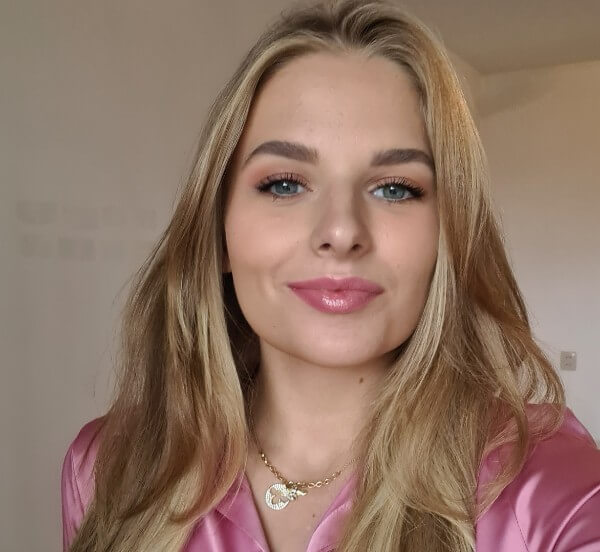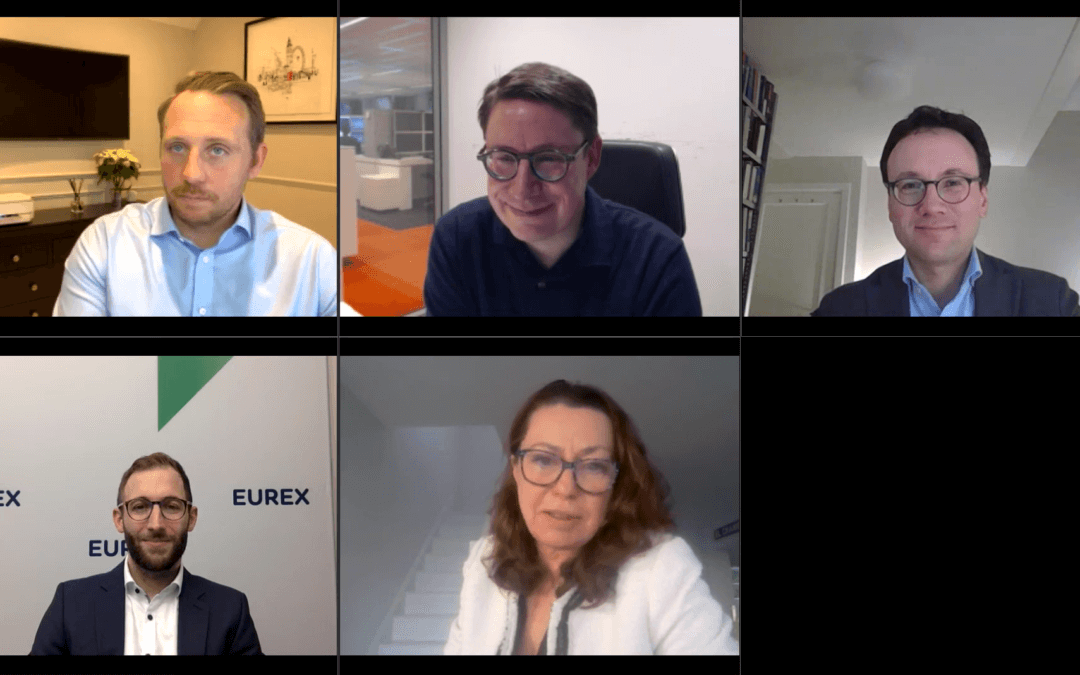
Research Results on Payment For Order Flow Couldn’t Be Clearer: EU Must Ensure a Level Playing Field to Protect Retail Investors
FIA EPTA has been clear from the start: Payment for Order Flow as it is currently practiced in the EU stifles competition and delivers a bad deal for retail investors.
Now, the Dutch Autoriteit Financiële Markten (AFM) has released a comprehensive study that proves our point. We revisit the question through this brief explainer, detailing the reasons why FIA ETPA urges the EU to ban PFOF practices in Europe.
To begin, what is payment for order flow (PFOF) and why is it detrimental to retail investors?
PFOF as currently practiced in the EU means that a retail broker receives a monetary incentive (payment) from a market maker, in exchange for steering the broker clients’ order flow to a specific trading system. That market maker, thanks to its association with the retail broker, becomes the exclusive counterparty to the retail investors’ orders steered by the broker.
In theory, there can be benefits to this type of arrangement, notably cost savings. Some smaller brokerage firms don’t have the capacity to handle thousands of orders and may find it beneficial to route their orders via market makers to keep their costs low. Market makers, in turn, benefit from this growth in share volume and compensate the brokers financially for the ‘’routing’’.
However, PFOF practices can often lead to conflicts of interest, and the lack of competition between liquidity providers means that retail investors risk getting a worse deal. The retail investors’ orders may trade at worse prices compared to a competitive execution market. In EU markets where PFOF is practiced there are no guarantees to ensure a transparent and objective process around it. Retail investors are oftentimes not aware of the PFOF arrangements between their broker and a specific market maker, giving them no say in an operation that could negatively impact them.

“PFOF practices can often lead to conflicts of interest, and the lack of competition between liquidity providers means that retail investors risk getting a worse deal.”
In light of these investor protection and competition risks, FIA EPTA has called upon the European Commission to ensure a harmonised approach PFOF to practices in the EU that ensures a fair outcome to investors –banning EU PFOF will be the most straightforward way of achieving this.
What is the AFM’s latest research paper on PFOF and how does it support FIA EPTA’s concerns?
In the summer of 2021, the European Securities and Markets Authority (ESMA) called upon national supervisory authorities to investigate the risks of PFOF.
Taking the lead, the Dutch AFM conducted a comprehensive study of the practice. It developed an assessment methodology, the so-called Comparative Pricing Model, which provides an indicator of a trading venue’s execution quality based on post-trade data. It then compared the execution quality of two PFOF trading venues and one non-PFOF trading venue, all three used by pan-European operating low-cost neo-brokers, as well as one low-cost investment firm.
The study showed that execution prices a retail investor receives or pays for trading on a PFOF venue are consistently worse than on non-PFOF venues. The AFM has shared its analysis with other EU supervisory authorities to do their own analyses. This study will contribute to the ongoing discussions on PFOF in the MiFIR review.
Of note, recent research papers by the French Autorités des Marchés Financiers (AMF) and Spain’s CNMV reached similar conclusions as the AFM. However, German regulators questioned the AFM’s and CNMV’s conclusions, stating they believed the sample size was likely too small. Germany remains a supporter of PFOF practices and claims banning them would lead to a serious setback in retail investor participation in financial markets. This perspective is disputed by a number of EU members.

“Study showed that execution prices a retail investor receives or pays for trading on a PFOF venue are consistently worse than on non-PFOF venues.”
What changes has the MiFIR Review yielded so far on PFOFs and why does FIA EPTA propose to go further than what is currently proposed?
Concerned by the negative impact of PFOF practices on retail investors, the European Commission, through its ongoing MiFIR Review, has decided to ban its use in the EU. However, FIA EPTA remains concerned that the proposal, as currently drafted, will be ineffective as it still leaves huge gaps regarding what is considered as PFOF, how it is practiced, and between whom.
It will be critical to close the loopholes contained in the proposal which would otherwise still allow PFOF practices that currently occur in various guises in the EU. In FIA EPTA’s view, the current practices, which are observed in some Member States, constitute an inappropriate conflict of interest which undermines fair competition between market participants as well as best execution for end-clients. These practices undercut EU investor protection standards and ultimately risk to disadvantage and, in due course drive away, the very retail investors whose participation in European capital markets will be critical to their success
As its preferred solution, FIA EPTA is advocating for a broad PFOF ban in the EU encompassing all direct and indirect monetary and non-monetary inducements, including all possible execution and routing scenarios between investment firms and all types of third-parties, including trading venues.
In Conclusion
Studies like the AFM’s come at an important time as the MiFIR review progresses and they reinforce FIA EPTA’s call to action. As the AFM reminds us, ‘’most retail investors are laypersons when it comes to order execution, let alone capable to influence the execution quality of their orders. In the current MiFID II best execution framework, the responsibility to substantiate the decision for (a) particular execution venue(s) lies primarily with the investment firm.’’[1]
It is high time to ensure a level the playing field, protecting retail investors from practices that undermine their standing in the market and potentially even their trust in the system.
[1] https://www.afm.nl/en/nieuws/2022/februari/kwaliteit-orderuitvoering-pfof

